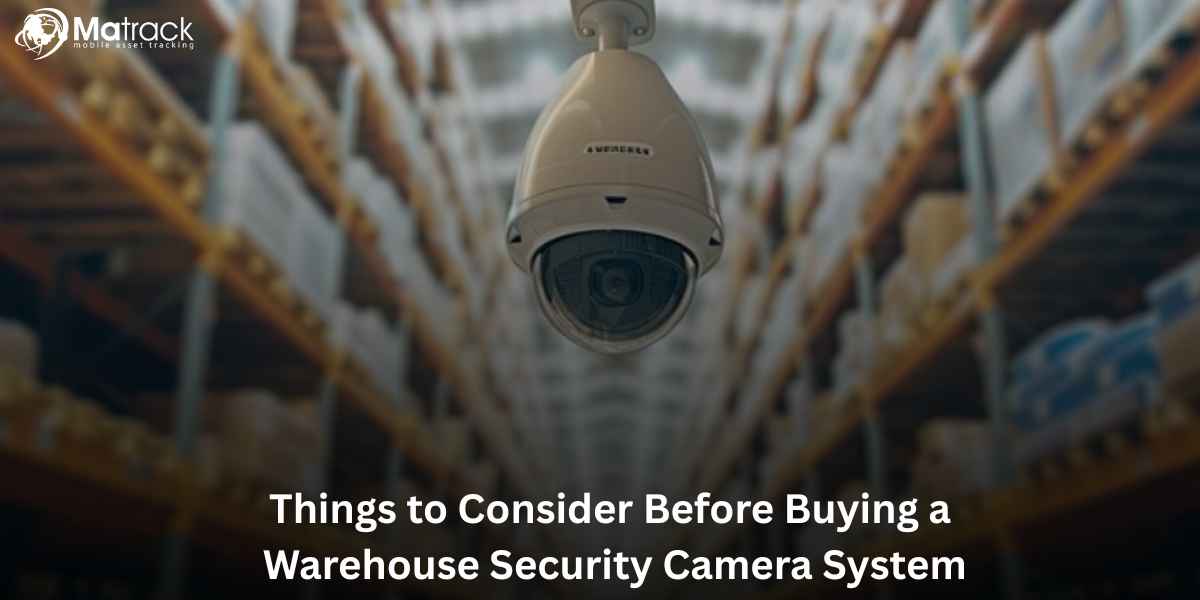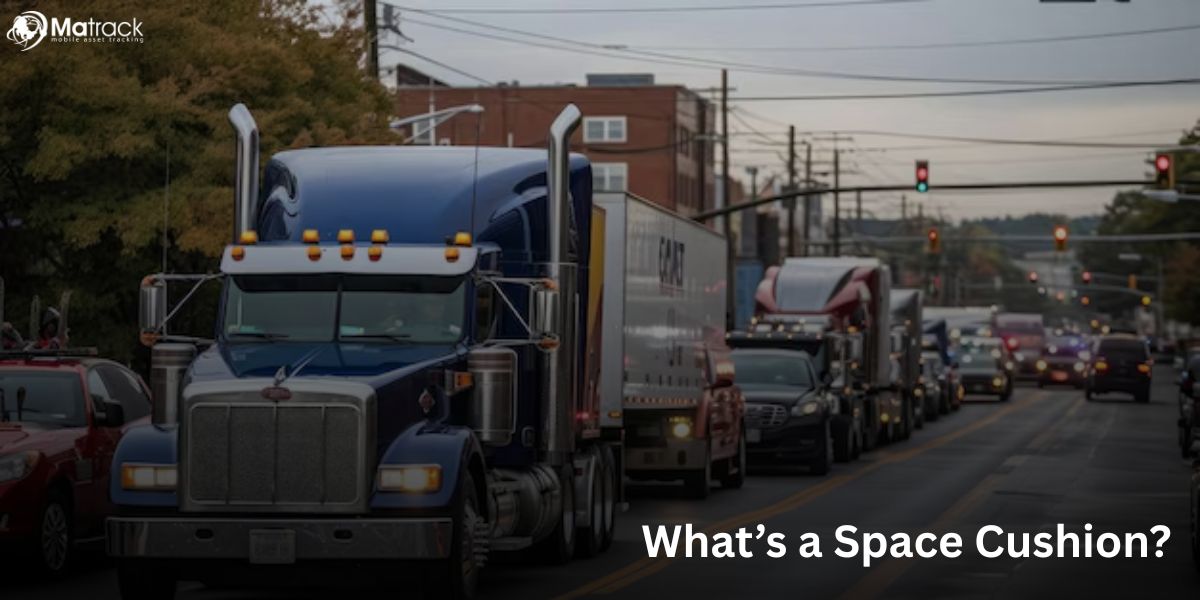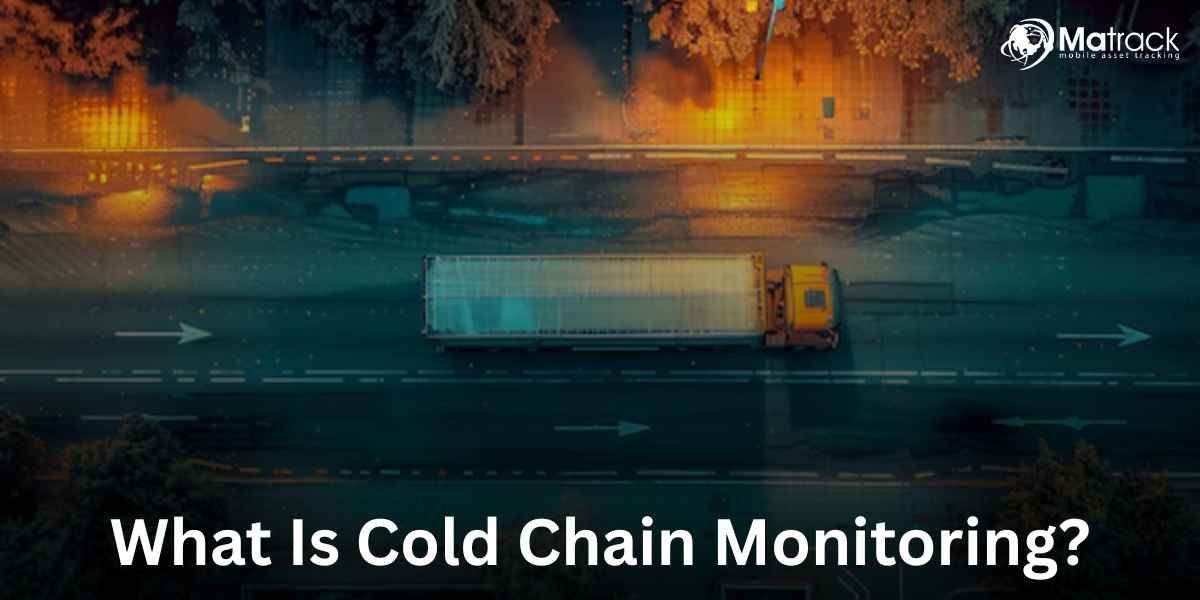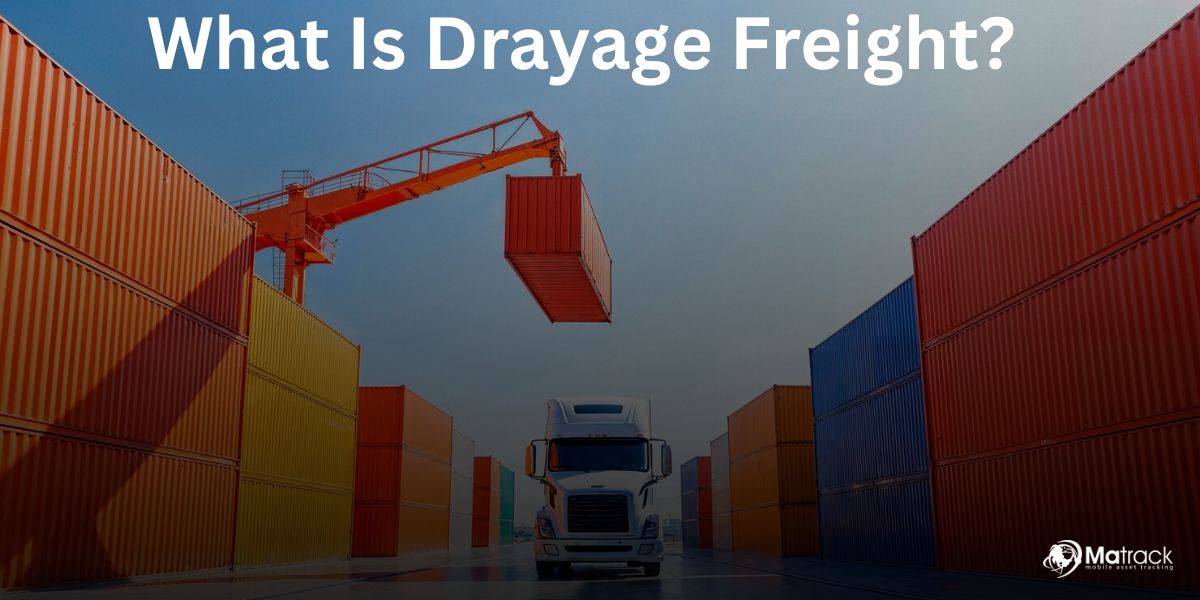Key Takeaways:
- A warehouse security camera system helps monitor goods, staff, and activity using cameras and storage devices.
- It works by recording video from key areas and storing it locally or in the cloud for easy access and review.
- Businesses need it to prevent theft, ensure safety, manage inventory, and reduce legal risks.
- Key buying factors include camera resolution, night vision, coverage, storage, and overall system cost.
What is a warehouse security camera system?
Warehouse security camera system is a setup of surveillance cameras and recording devices used to monitor all areas inside and outside a warehouse. It helps keep an eye on goods, staff activity, and any unusual events that could lead to loss or danger.
This system includes cameras, storage units, and sometimes smart features like motion alerts or remote viewing. Its main goal is to reduce theft, improve safety, and make warehouse operations more secure and visible.
How Does the Warehouse Security Camera System work?
Warehouse security camera systems work by capturing video footage through cameras placed in key areas. These cameras send the footage to a central storage device like a DVR, NVR, or cloud-based server.
The system records either continuously or only when it detects motion, depending on the settings. This helps save storage space while still capturing important activity.
Users can view live or recorded footage on monitors, computers, or mobile apps. Many systems also send alerts when motion is detected or when cameras are tampered with.
Why Do Businesses Need a Warehouse Security Camera System?
A warehouse security camera system plays a vital role in protecting assets and ensuring safe operations. Businesses rely on these systems to track every movement within their warehouse and keep critical inventory secure.
Prevents Theft and Vandalism
Security cameras act as a strong deterrent to internal and external theft. Visible surveillance systems reduce the chances of unauthorized access, break-ins, or damage to goods.
Enhances Employee Safety
Cameras help identify safety risks and prevent workplace accidents. Real-time monitoring allows quick response to emergencies, creating a safer environment for all employees.
Supports Inventory Management
Surveillance systems make it easier to track inventory movement and loading activities. This improves accuracy in stock control and minimizes costly errors during shipments or receiving.
Reduces Liability and Fraud
Footage provides clear evidence in case of accidents, claims, or disputes. Businesses can protect themselves from false allegations and support insurance investigations.
Increases Operational Transparency
Managers can review footage to study workflows, delivery timelines, and team efficiency. This insight helps optimize performance and streamline warehouse operations.
Builds Trust and Accountability
A monitored environment increases accountability among staff. Employees are more likely to follow company policies and best practices when they know their actions are being recorded.
7 Things to Consider Before Buying a Warehouse Security Camera System
1. Coverage Area
The first step is to map out all the areas you want to keep under watch, such as entry points, storage racks, loading docks, and exterior zones. Knowing your coverage needs helps you decide the number and placement of cameras more accurately.
If your warehouse has blind spots or large open spaces, you’ll need a mix of wide-angle cameras and specific close-up views. This ensures you capture every movement without leaving critical zones unmonitored.
2. Camera Resolution
Higher resolution gives you sharper, more detailed footage, which is especially useful for identifying faces or reading product labels. A 1080p camera is typically good for general coverage, while 4K is better for large or high-risk areas.
When the video is clear, it becomes easier to review incidents, confirm employee activity, or provide evidence in disputes. Lower-quality footage can miss key details and reduce the overall usefulness of the system.
3. Night Vision Capability
Warehouses often operate at night or have poorly lit areas like aisles, back corners, or loading zones. Night vision allows the camera to capture usable footage even in complete darkness.
Infrared (IR) cameras or those with low-light sensors make a big difference when visibility is low. This ensures your surveillance doesn’t drop in quality just because the lights are off.
4. Indoor vs Outdoor Use
Indoor cameras focus more on coverage angle and image clarity, since they’re not exposed to weather or extreme temperatures. They’re great for monitoring operations, staff activity, and stored inventory.
Outdoor cameras need tougher housing that resists rain, dust, and tampering. If your warehouse has external access points or loading docks, these rugged cameras are essential for full protection.
5. Storage Capacity
Security footage needs to be stored safely for future reference or evidence. Depending on how many cameras you use and how long you want to keep recordings, you’ll need a plan for either on-site or cloud-based storage.
Local DVR or NVR systems are faster and more private, while cloud storage offers easy remote access. Either way, make sure you have enough space to keep at least 30 to 90 days of footage if your operation requires it.
6. Power and Connectivity
Cameras need power and a connection to the recording system, so it’s important to choose between wired or wireless setups. Wired cameras offer stable performance but can be harder to install, especially in large or complex buildings.
Wireless cameras are easier to move and install, but they depend on a strong internet connection. Choosing the right type depends on your warehouse layout and how much flexibility you need for future upgrades.
7. Cost and Budget Planning
The cost of a warehouse security camera system includes more than just the price of the cameras. You’ll need to account for installation, video storage, software, and any ongoing maintenance or subscription fees.
Instead of focusing only on upfront cost, consider long-term value and scalability. A well-balanced system protects your assets effectively without overspending on features you won’t use or underinvesting in critical areas.



